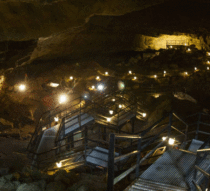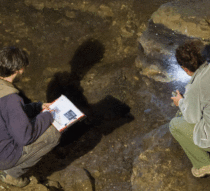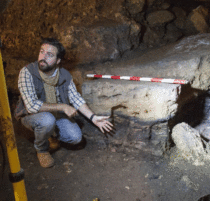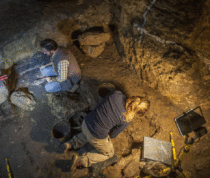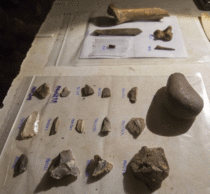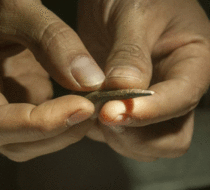Archaeologists working in the El Pendo cave, Spain, have discovered a permanent settlement for Neanderthals for thousands of years. The discovery is quite significant since it will allow scholars to study in more detail human development over approximately 80,000 years.
Excavation works at the site are led by Edgard Camaros, archaeologist of the Catalan Institute of Human Paleoecology and Social Evolution. Along with Marian Cueto and Pablo Arias from the International Institute for Prehistoric Research of the University of Cantabria, they worked in the old area of Santa Olalla, a transition zone from the Middle to the Upper Palaeolithic. They also clarified that in the old area Carballo, where many artefacts were discovered, findings are from the Magdalenian era, 14,000 years ago. They say that their discovery opens the path for several generations of archaeologists to work on.
The site is about 25 metres high and more than 80 metres deep, and researchers have found a key volume which reflects the leap that led to the transition from the Neanderthal species to the most sophisticated Homo Sapiens, as they say. The different layers of ash from fires show that the site was occupied for a very long period in time.
Now, researchers plan to come back the next season and study more the Santa Olalla area with microscopic-level analyses of rocks and processing of the surface material to define details of life around the fires. In the Magdalenian area they plan to conduct research which will allow them to understand why the specific site was used for such a prolonged period in time.
In the meantime, various tools of various materials, finishes and types keep emerging. Scientists hope that new technologies will now allow them to also find new paintings.
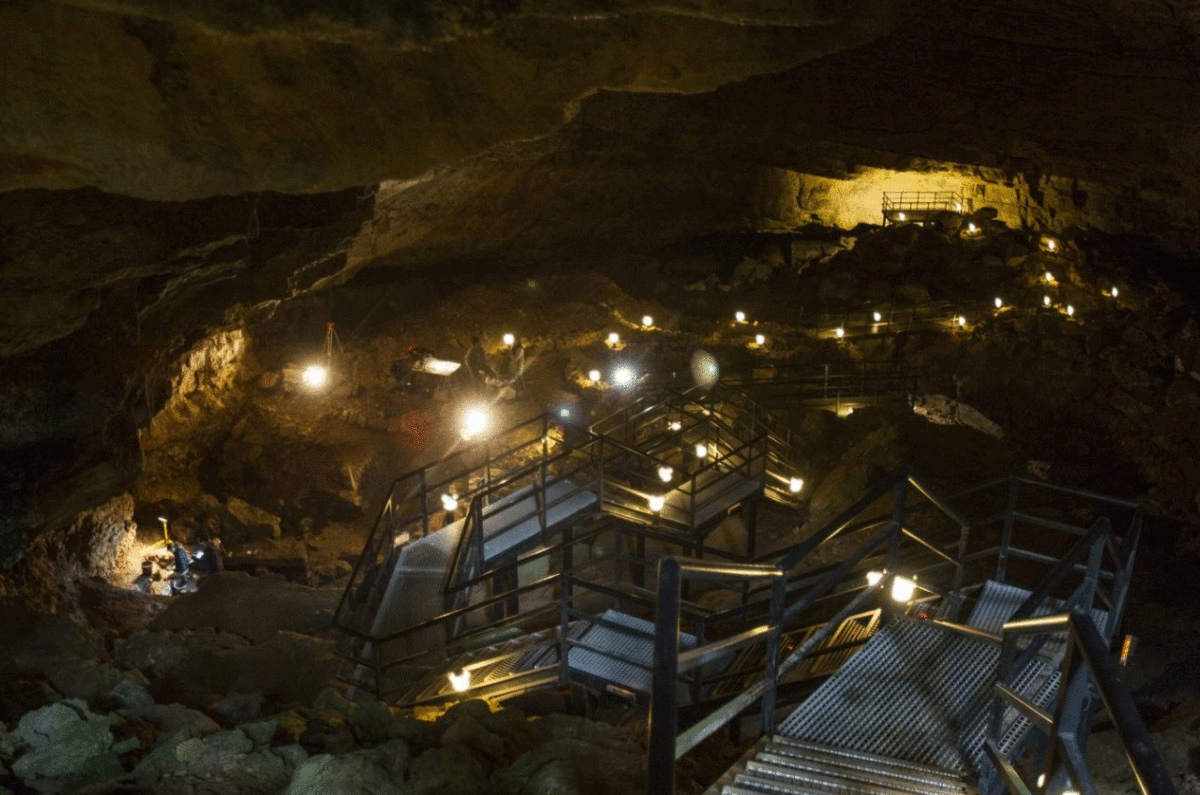
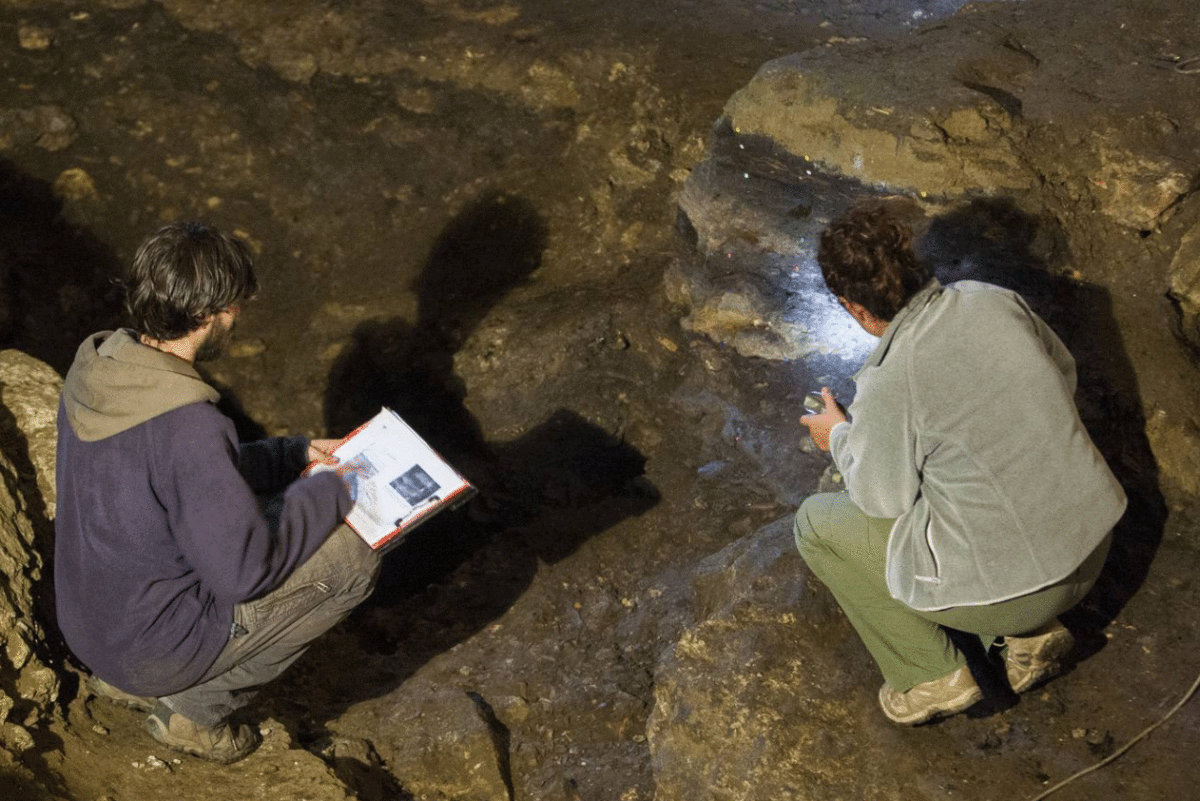
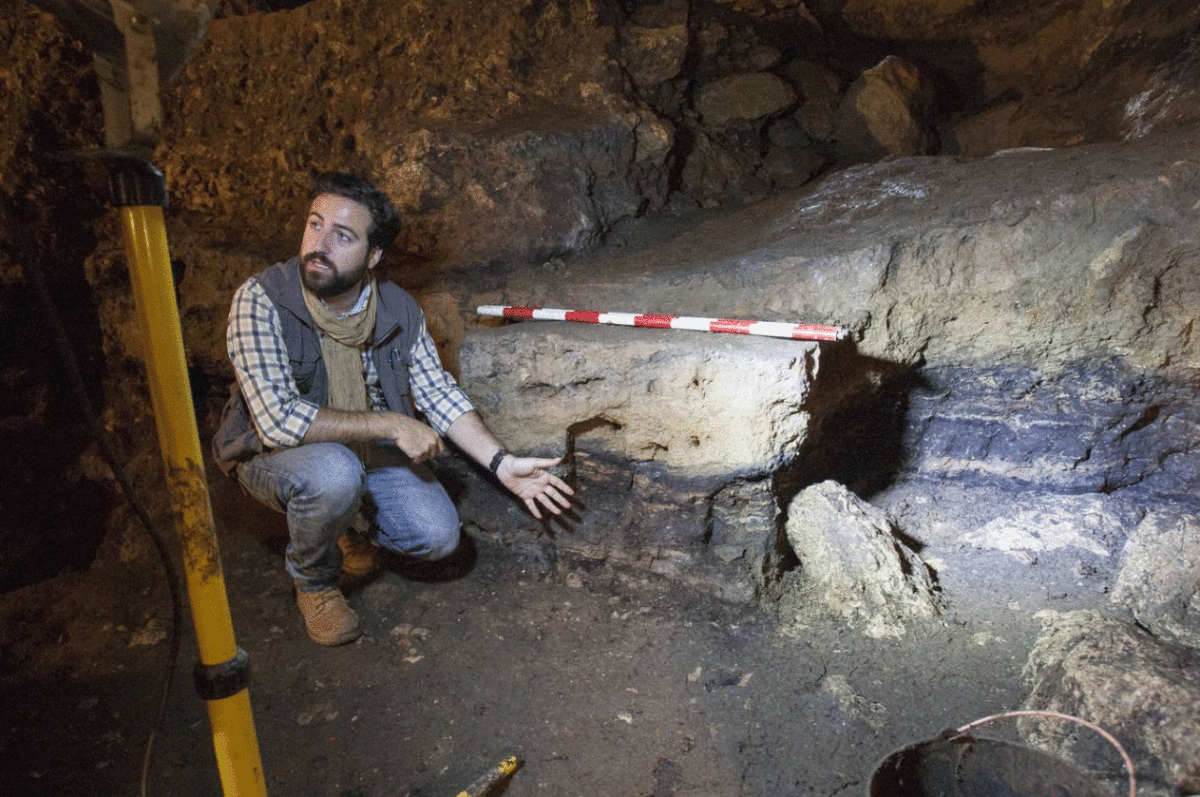
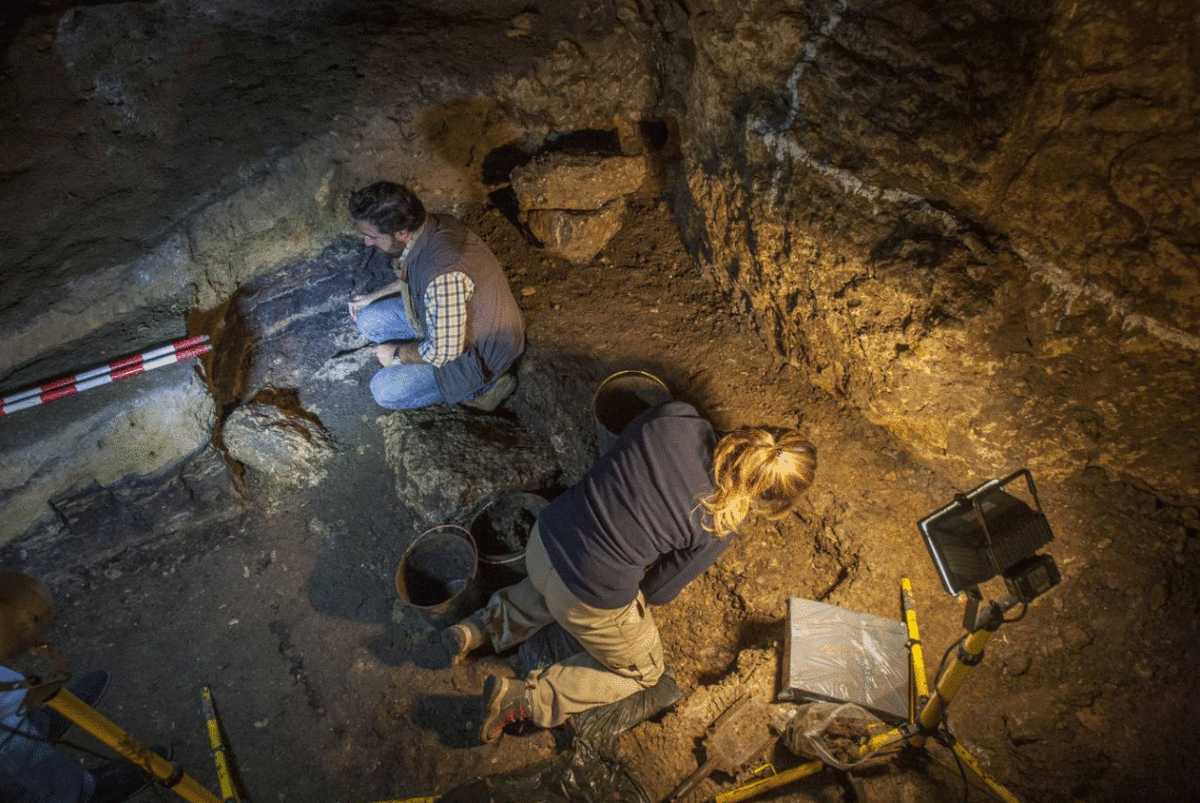
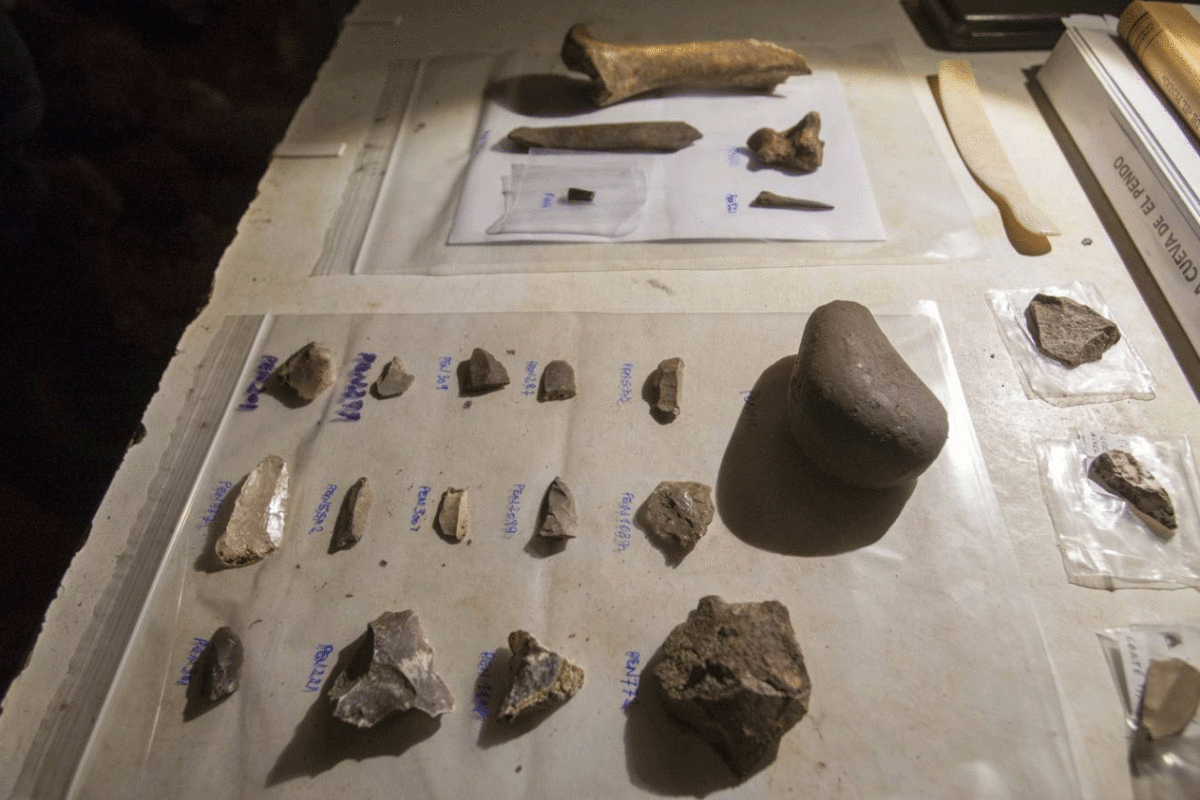
![A researcher presents one of the finds. Photo Credit: Alberto Aja]/TANN.](https://www.archaeology.wiki/wp-content/uploads/2017/10/Spain-Neanderthal-continuous-settlement-in-cave-6.gif)
